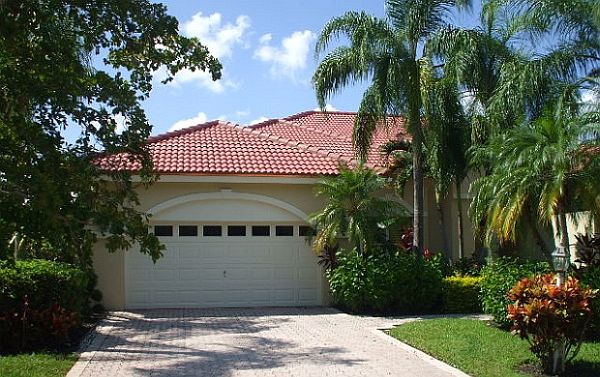
The roof of any structure has to be strong and durable so that it easily withstands the pressure of high winds and torrential rains. The structure failure and water infiltration can cause a building to collapse in times of major storms. Therefore, there is a dire need of homes that have an ultimate structure and roofs strong enough to prevent water infiltration. Following are some tips that everyone must follow in order to come up with storm-resistant roofs:
Roof Design
Wind resistance, fire resistance, building structure, climate, and your budget are some of the factors you should keep in mind while deciding on a roof design. The edge and corner conditions of a roof are largely responsible for a roof to stay in place at times of high winds. The gravel stops on low slope roofs, and the hips and eaves on steep slope roofs account for most of the roof failures when the windstorm hits them. Similarly, there are many other specifications that only a professional can let you know and help you design a roof that can stand well against natural disasters.
Support is of critical importance
Even if you install a wind-resistant material on your roof and the supporting wood is inferior, the purpose of using wind resistant material is defeated. You should make it a point to improve the structural support by using minimum plywood and fasten it with nails at not more than six-inch distance between them. The underlayment requires a tight fastening.
Focus on the fasteners
The type of fasteners used also effect the strength of the structure. Be it any type of roof you install, nails are always a better option than staples. After Hurricane Andrew hit Florida, the government put a ban on the use of staples as a roof fastener. One should increase the number of fasteners from four to six per shingle. The ring shanked 8D nails are good to use on plywood decking and on felt paper; one should use gaskets around fasteners.
Metal roofs have a very high level of wind resistance
Research shows that metal roofs stay in place even when 150 mph winds hit them. A prominent reason behind this high resistance is the fact that metal roofs are installed in one continuous pane and there are quite a few entry points for wind. One can further strengthen this resistance of the roof by adding a standing seam with more hidden fasteners. Doing this makes the roof more durable.
Summary
While making the roof of a home, one should keep in mind the wind resistance of the said roof, especially in areas where windstorms are likely. Good practices can save not just a grand expense, but more importantly, they can save life as well.




